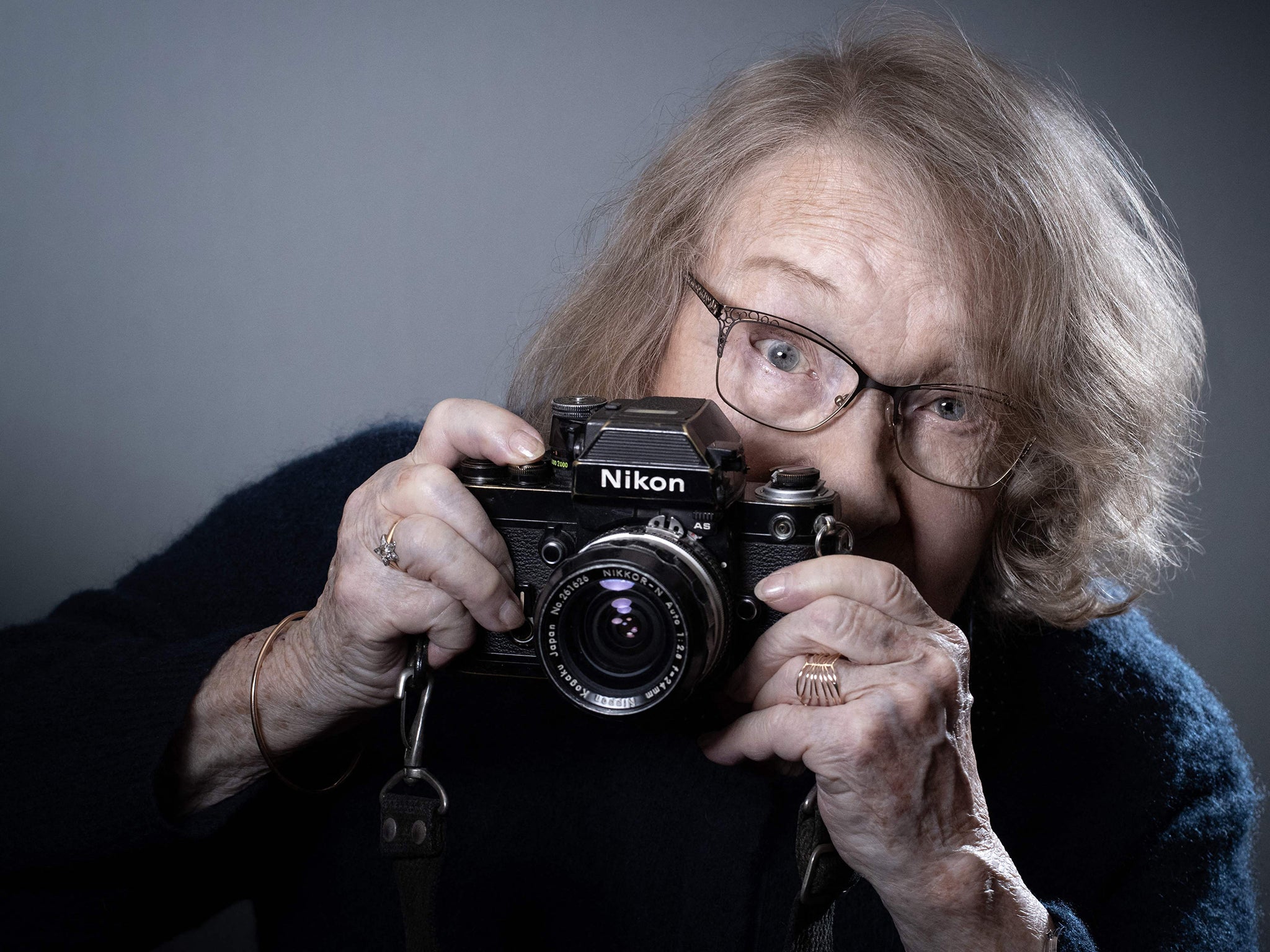Sabine Weiss: Last member of the humanist street photographers
With a flair for capturing both the ephemeral and the everyday, Weiss was the last of a trailblazing group that included Brassai and Edouard Boubat

Sabine Weiss was a photographer whose realist images, taken from the mid-20th century onwards, depicted everyday life and spontaneous scenes on the streets of Paris and beyond.
Like her photographic peer, Henri Cartier-Bresson, she believed in the power of the “decisive moment”, the split-second when the image in light is committed to the photographic film. As she once said: “I take photographs to hold on to the ephemeral, capture chance, keep an image of something that will disappear, gestures, attitudes, objects that are reminders of our brief lives. The camera picks them up and freezes them at the very moment that they disappear.”
Weiss, who has died aged 97, was the last living member of the French humanist school of photography, a group whose members included Brassai, Robert Doisneau and Edouard Boubat.
She was born Sabine Weber in Saint-Gingolph, in the canton of Valais, Switzerland in 1924. When she was 12 she bought herself a simple Bakelite box camera and began her photographic journey of discovery that would last a lifetime.
Moving to Geneva in her early twenties, she took on a four-year apprenticeship with Frederic Boissonnas, the Swiss photographer who was already well known for his images of Greece and Egypt. During this time she had her first exhibition, showing with Willy Maywald, the German fashion photographer with whom she worked briefly as an assistant.
She married Hugh Weiss, the American painter, in 1950 and spent the immediate post-war period mixing with artists of the surrealist movement, including Joan Miro and the group’s leader, Andre Breton. On moving into her studio on the Boulevard Murat in Paris, she made friends with her neighbour and compatriot, Alberto Giacometti, who would become the subject of a number of her works.
Speaking of this time and her impulse for photographing everyday life, she said in a later interview: “You know, it’s a period from after the war, people were more happy than now in Paris. We have time to walk in the street and to take pictures from what we see.”
Following Doisneau’s recommendation during the early Fifties, Weiss joined the Rapho photographic agency, which already represented a number of her humanist colleagues. Here her work was for the growing market in aspirational magazines such as Vogue and Holiday. Recalling the agency’s founder, Charles Rado, she said: “I have worked a lot with the Americans thanks to Rado. I had met him in New York. He was a man of great esteem among museum curators and the press. He found me reportages for Holiday, Life, New York Times, Fortune, US Camera. It was he who put me in touch with the curator of the Art Institute of Chicago where I exhibited my photographs in 1954.”
When Edward Steichen organised the seminal exhibition The Family of Man at New York’s Museum of Modern Art (MoMA) in 1955, he brought together work by hundreds of photographers from around the world. Visiting Weiss’s Paris studio, he picked three images to display at the MoMA show. By this time she had already been recognised in print in the magazine Camera, edited by Walter Laubi.
In recent years a resurgence of interest in the humanist photographic movement has prompted a re-examination of her early work, before and during her time as a press photographer. Virginie Chardin, an independent curator who has already organised two Weiss exhibitions, said: “In the late 1970s, her work enjoyed the growing interest of festivals and humanist photography institutions, which inspired her return to black and white photography. In her sixties, she developed a fresh body of personal work that was more melancholic and punctuated by travels around France and abroad.”
Following Hugh’s death in 2007, Weiss had continued to live and work in the same Paris apartment and studio space on the Boulevard Murat. She donated her archive of 200,000 negatives to the Musee de l’Elysee in Lausanne, Switzerland in 2017.
A further exhibition of her work at the Casa dei Tre Oci in Venice, again curated by Chardin, will open in March.
Weiss remained active into her nineties, working on exhibitions from her archive and on books, together with her adopted daughter Marion, who survives her.
Sabine Weiss, photographer, born 23 January 1924, died 28 December 2021
Subscribe to Independent Premium to bookmark this article
Want to bookmark your favourite articles and stories to read or reference later? Start your Independent Premium subscription today.